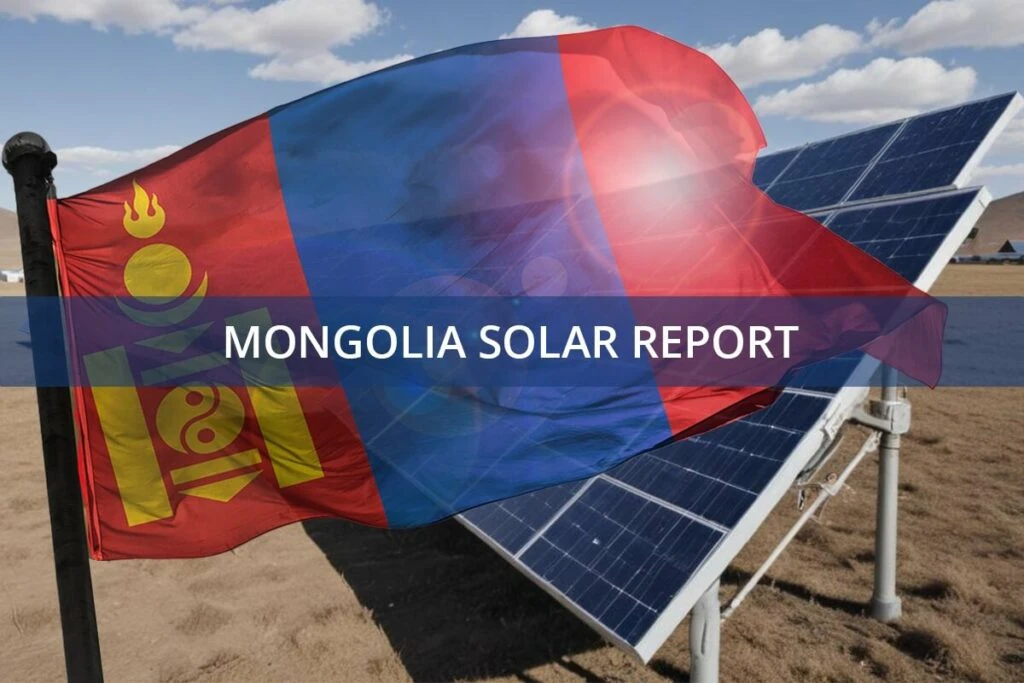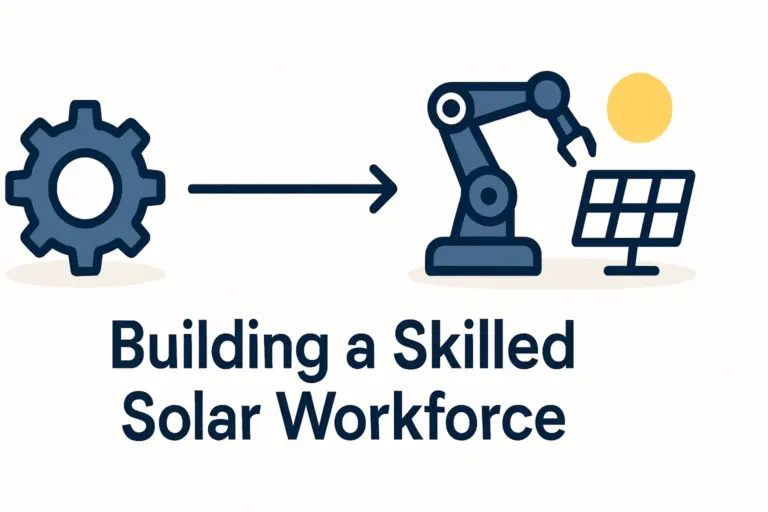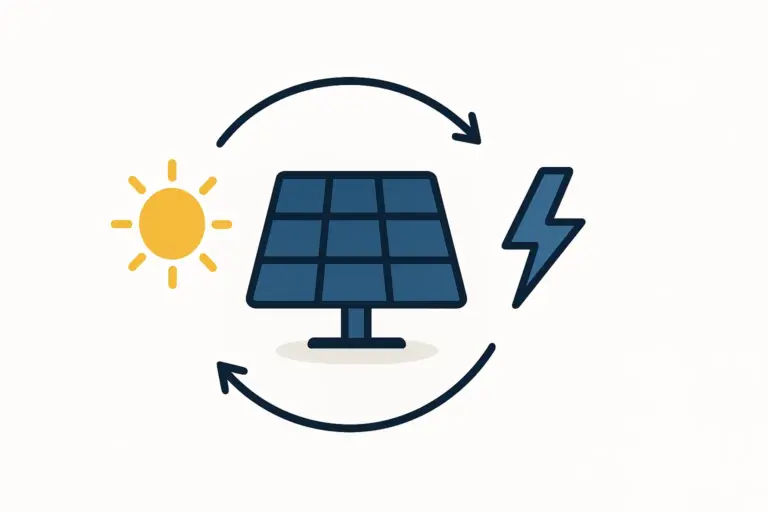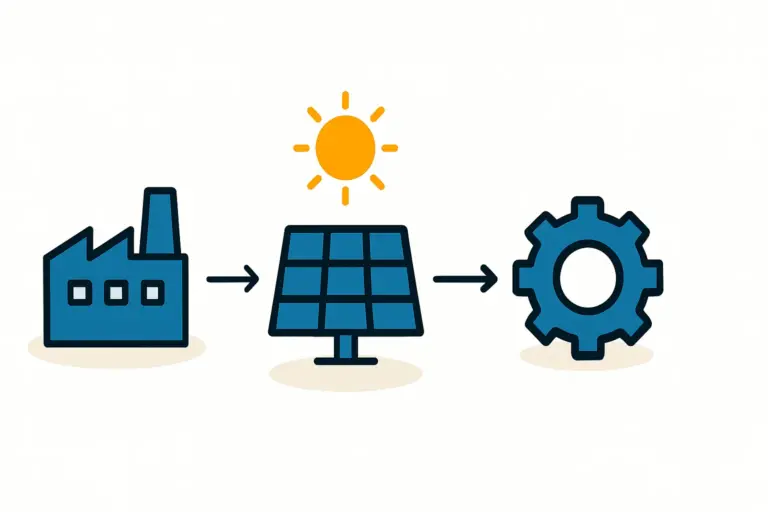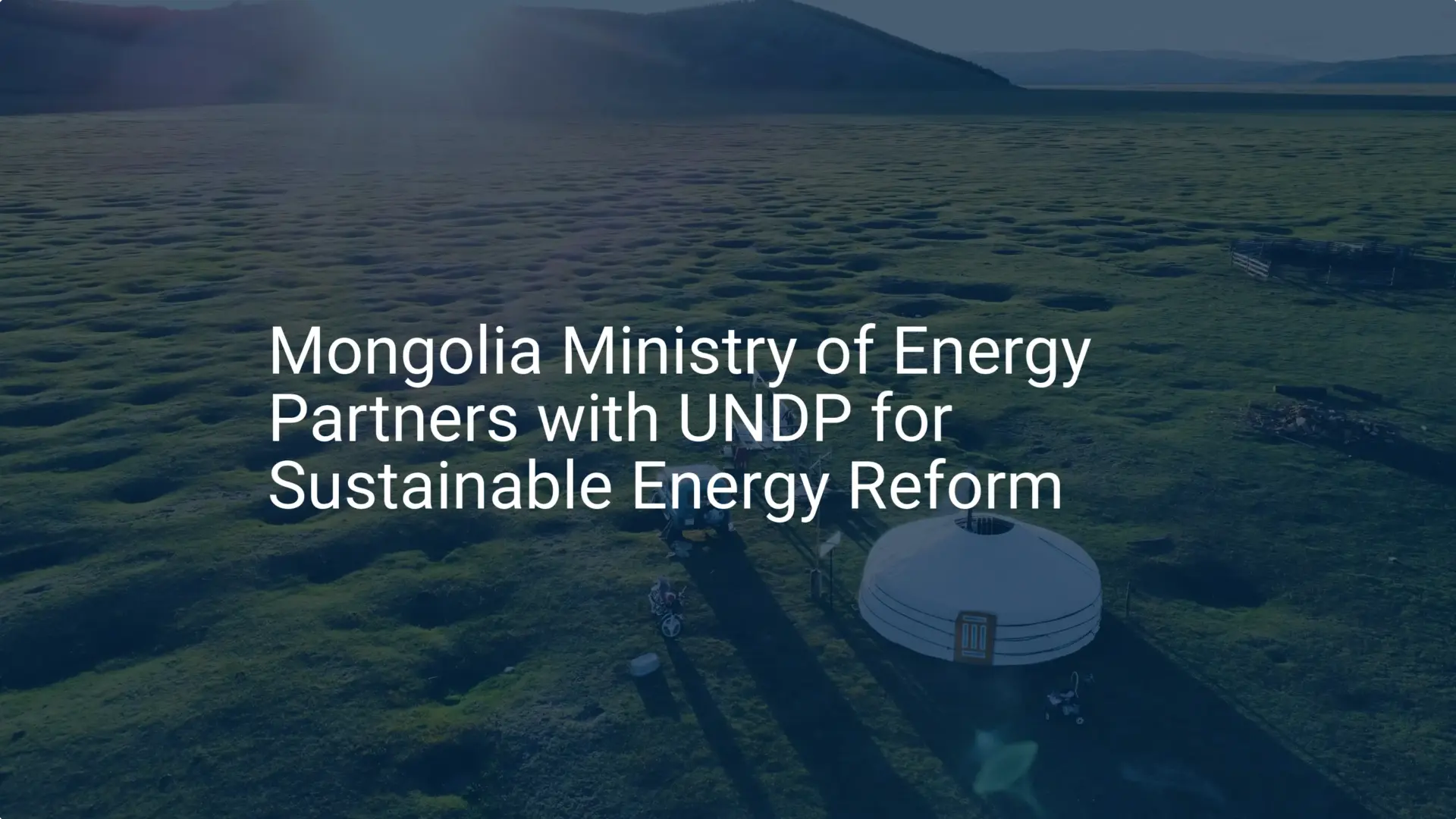Mongolia’s vast, sun-drenched landscapes offer a compelling opportunity for solar energy development, backed by a government eager to attract foreign investment. For entrepreneurs considering a solar module factory, the greatest challenge is often not the market potential, but the foundational decision of where to build.
Selecting the right plot of land is far more than a real estate transaction. It is a strategic choice that determines logistical efficiency, operational stability, and long-term profitability. This guide outlines the critical factors for siting a solar module factory in Mongolia, focusing on infrastructure access and the specific nuances of the country’s land use regulations.
Why Location is More Than Just Land: Key Strategic Considerations
The success of a manufacturing facility is fundamentally tied to its connections. A factory cannot operate in isolation; it requires a steady inflow of raw materials, a reliable outflow of finished products, and constant access to essential utilities like power and water. In a country defined by vast distances and developing infrastructure, these connections become paramount.
Mongolia’s legal framework, particularly the Law on Renewable Energy and the Investment Law, offers a supportive environment for such ventures. The government aims to increase renewable energy’s share in total production, but policy support does not automatically translate to on-the-ground infrastructure. This means due diligence on potential sites must focus on practical, operational realities.
Evaluating Critical Infrastructure Access
Before assessing any plot of land, investors must evaluate its access to three critical infrastructure components. Lacking even one can introduce significant costs and operational risks.
Proximity to Transport Networks: The Railway is Key
Solar module manufacturing is a logistics-intensive business. Key raw materials like solar glass, EVA foil, and photovoltaic cells are typically imported, and the finished modules must then be transported to domestic project sites or prepared for export.
In Mongolia, the Trans-Mongolian Railway is the primary artery for heavy freight. Proximity to a railway siding offers a significant strategic advantage, drastically reducing the costs and complexities of last-mile road transport. Industrial zones near Ulaanbaatar and other major hubs along this railway line are the most viable locations for minimizing logistics costs.

Securing a Reliable Grid Connection
A solar module factory consumes a significant amount of electricity. Its automated machinery, including laminators and stringers, requires a stable, high-capacity connection to the electrical grid. While Mongolia’s grid is developing, its stability can vary by region.
The country’s Central Energy System (CES) provides power to the most populous and industrialised areas. A potential factory site must be evaluated for its proximity to a substation with sufficient available capacity. It is essential to engage with the local utility provider early in the process to confirm connection feasibility, timelines, and costs. A site that seems ideal on paper may be unviable if a grid connection is too expensive or will take too long to establish.
Water and Utilities: The Overlooked Essentials
While not required in large volumes, a consistent water supply is necessary for the module cleaning process—a critical step in quality assurance—and for staff facilities. Access to municipal water and sewerage systems simplifies operations and reduces initial capital expenditure. When evaluating a site, it is crucial to verify that these utilities are not just planned but already available at the site boundary.
Navigating Mongolian Land Use Regulations
Understanding the legal framework for land is fundamental for any foreign investor. Mongolian law distinguishes between land ownership and land use rights. While foreign entities are generally restricted from owning land directly, they can secure long-term, legally enforceable land use rights through lease agreements—often for 60 years or more, with options for extension.
This process involves engaging with local authorities to secure a land use permit for a specific, zoned plot. It requires careful documentation and adherence to local planning laws. For investors, it is essential to understand the complete regulatory landscape for solar manufacturing to ensure compliance at every stage. Experience from J.v.G. Technology GmbH turnkey projects shows that securing these land use rights is a critical early milestone, as delays at this stage can have a cascading effect on the entire project timeline.
The Advantage of Industrial Parks and Special Economic Zones (SEZs)
For many international investors, the most efficient path to securing a suitable location is through a designated industrial park or Special Economic Zone (SEZ). These areas are specifically designed to streamline the investment process and mitigate many common infrastructure challenges.
Key advantages include:
-
Pre-Vetted Land: Plots within these zones are typically already zoned for industrial use, simplifying the permitting process.
-
Established Infrastructure: SEZs usually provide ‘plug-and-play’ infrastructure, with grid connections, water mains, and road access already developed to the plot boundary.
-
Logistical Support: Many are located with direct access to rail and major highways.
-
Potential Incentives: Some zones may offer tax or customs incentives under Mongolia’s Investment Law.
By choosing a location within a modern industrial park, an investor can significantly de-risk the project’s initial setup phase.
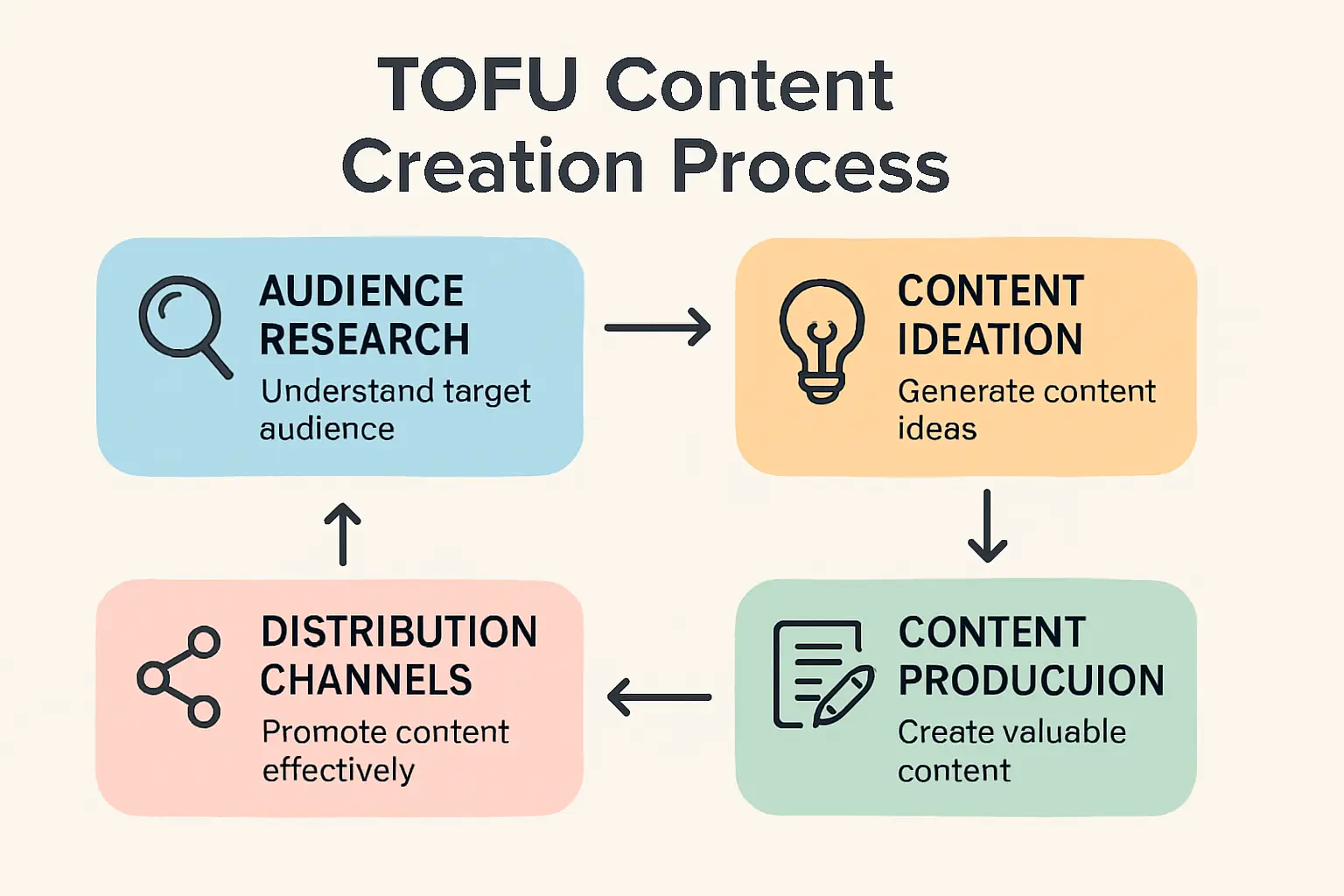
Planning Your Factory Footprint
Once a viable location is identified, the focus shifts to the physical layout. The building requirements for a solar module factory are specific. A typical semi-automated production line with an annual capacity of 50 MW requires a building of approximately 3,000 to 5,000 square meters, situated on a plot of at least 10,000 square meters (1 hectare) to accommodate raw material storage, truck access, and potential future expansion.
The site layout must be planned carefully to ensure a smooth production flow, from unloading raw materials to storing and dispatching finished modules. The choice of machinery is also a key factor, as you must select the right equipment for your production line to match the building’s layout and capacity.

Frequently Asked Questions (FAQ) for Siting a Factory in Mongolia
Can a foreign company own land in Mongolia?
Direct ownership of land by foreign-invested companies is generally not permitted. However, investors can secure robust, long-term land use rights through lease agreements with the government, providing the necessary legal security for investment.
How long does it typically take to secure land use rights?
The timeline can vary depending on the location and the completeness of the application. For a plot within a designated industrial zone, the process may be faster. A reasonable estimate for planning purposes is between six and nine months.
Is the electrical grid stable enough for manufacturing?
Grid stability is highest in and around Ulaanbaatar and major industrial centers connected to the Central Energy System. However, a site-specific technical assessment is always necessary to confirm capacity and reliability before committing to a location.
What are the primary challenges besides infrastructure?
Mongolia’s extreme continental climate, with very cold winters, poses a significant challenge. The factory building must be designed with high-grade insulation, and logistical plans must account for potential weather-related transport disruptions during winter months.
Conclusion: Your First Step Towards a Successful Siting Strategy
Choosing a location for a solar module factory in Mongolia is a foundational decision that requires a methodical, risk-aware approach. The country’s immense solar potential can only be realised if the manufacturing facility is built on a solid base of reliable infrastructure and regulatory compliance.
By prioritising access to rail transport, stable grid connections, and essential utilities—and by leveraging the advantages of designated industrial zones—an investor can lay the groundwork for a successful and resilient manufacturing operation. This initial due diligence is the most critical investment you can make in the project’s future.

